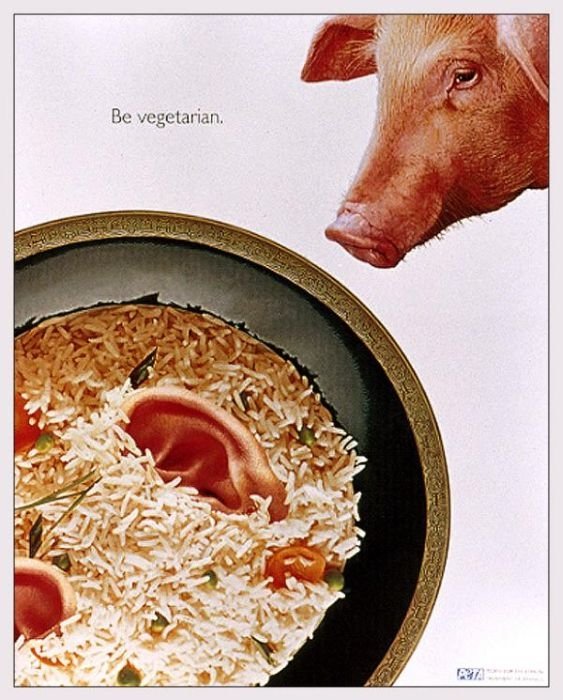|
|
PETA Animal Protection Campaign
|
The group has been the focus of criticism from inside and outside the animal rights movement. Newkirk and Pacheco are seen as the leading exporters of animal rights to the more traditional animal protection groups in the United States, but sections of the movement nevertheless say PETA is not radical enough—law professor Gary Francione calls them the new welfarists, arguing that their work with industries to achieve reform makes them an animal welfare, not an animal rights, group. Newkirk told Salon in 2001 that PETA works toward the ideal, but tries in the meantime to provide carrot-and-stick incentives. There has also been criticism from feminists within the movement about the use of scantily clad women in PETA's anti-fur campaigns, and criticism in general that the group's media stunts trivialize animal rights. Newkirk's view is that PETA has a duty to be "press sluts".
Outside the movement, the confrontational nature of PETA's campaigns has caused concern, as has the number of animals it euthanizes. It was further criticized in 2005 by United States Senator Jim Inhofe for having given grants several years earlier to Animal Liberation Front (ALF) and Earth Liberation Front (ELF) activists. PETA responded that it has no involvement in ALF or ELF actions and does not support violence, though Newkirk has elsewhere made clear that she does support the removal of animals from laboratories and other facilities, including as a result of illegal direct action.
Newkirk was born in England in 1949 and raised in Hertfordshire, and later New Delhi, India, where her father—a navigational engineer—was stationed. Newkirk, now an atheist, was educated in a convent, the only British girl there. She moved to the United States as a teenager, first studying to become a stockbroker, but after taking some abandoned kittens to a shelter in 1969, and appalled by the conditions she found there, she choose a career in animal protection instead. She became an animal protection officer for Montgomery County, then the District of Columbia's first woman poundmaster. By 1976 she was head of the animal-disease-control division of D.C.'s Commission on Public Health, and in 1980 was among those named as Washingtonian of the Year. She told Michael Specter of The New Yorker that working for the shelters left her shocked at the way the animals were treated:
|
|









